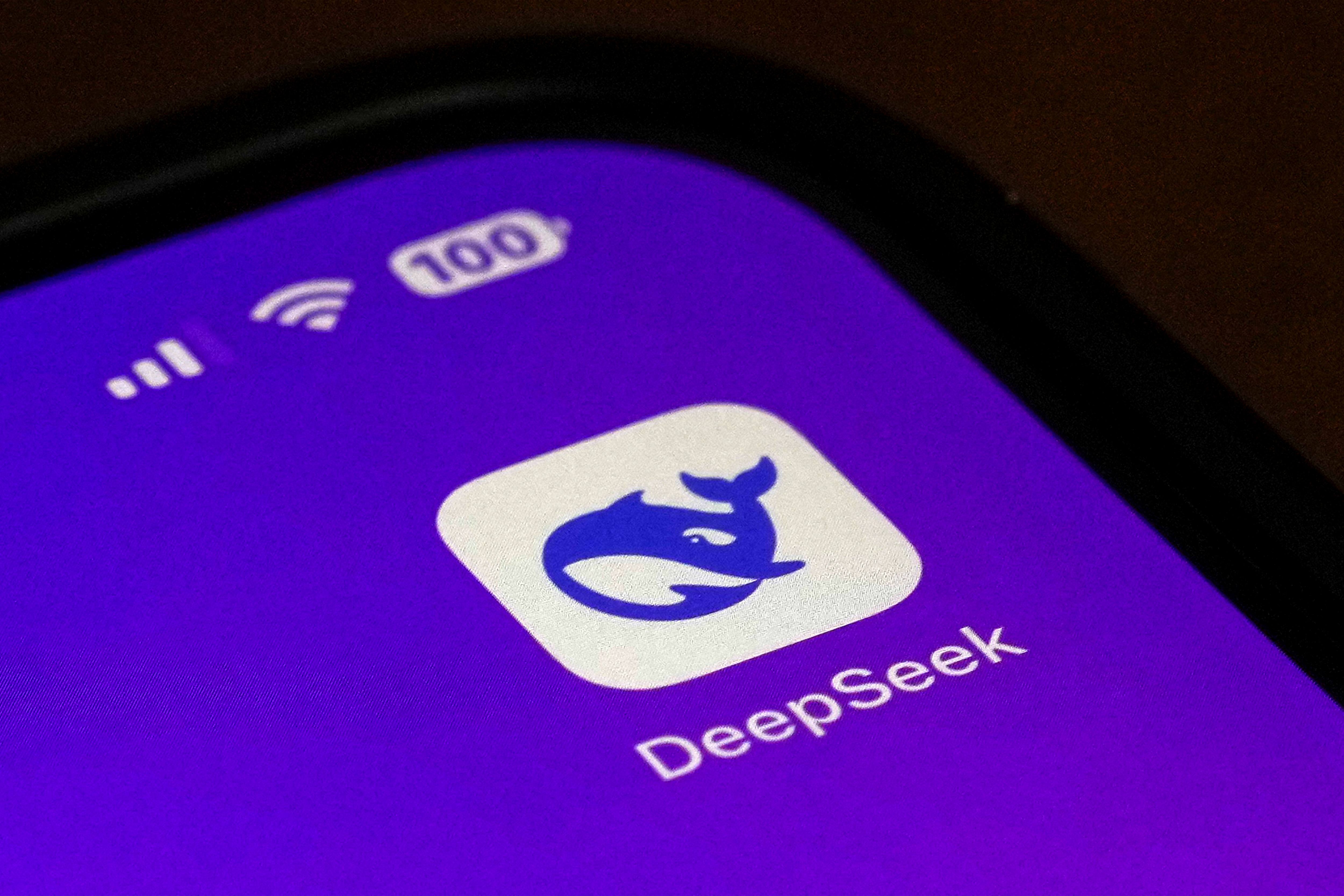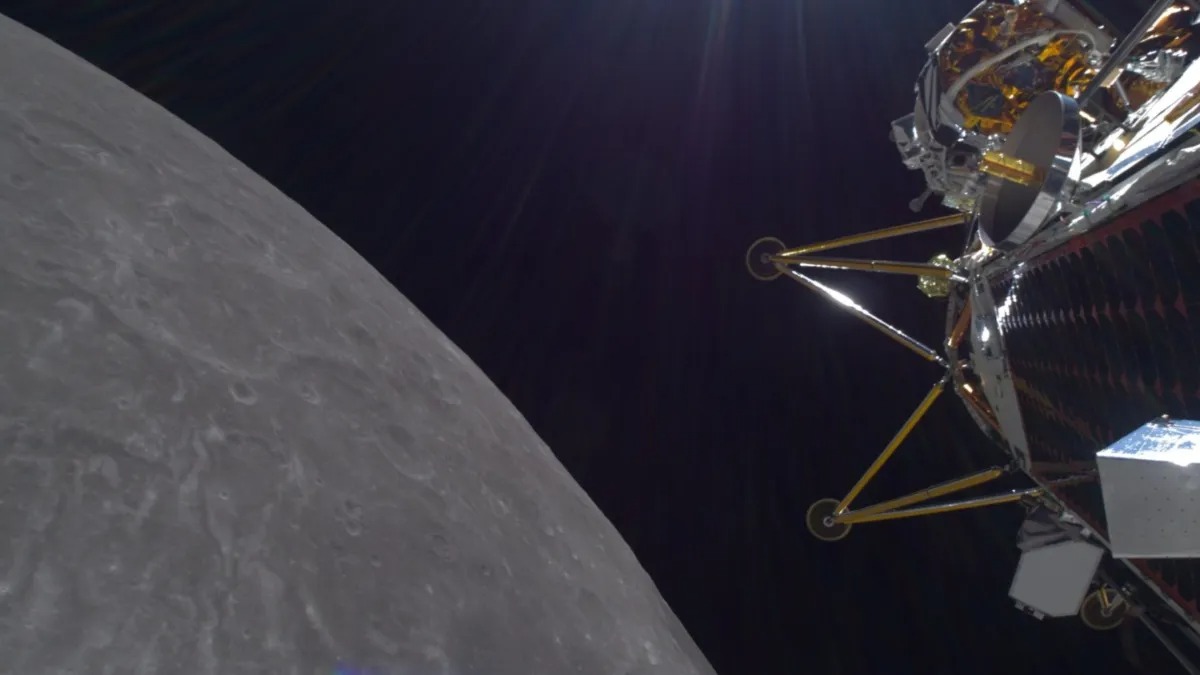
Artificial Intelligence aka AI, was long ago considered a concept that exists in the movies and advanced technology to come. It has definitely emerged to be the primary support system of the present day technological advancement. In the recent past, AI has become a revolutionizer of many industries including health, finance, entertainment, and the military. Although pioneers are the United States, represented by OpenAI and Google and many others, China has entered the AI market with a new contestant, DeepSeek. The appearance of this AI giant has caused a great change in the race in AI around the world. Due to high cost saving, expansibility, and effectiveness, DeepSeek poses a profound question and a threat to not only the business domain but also to the sphere of global security and even military. It also gives an insight into DeepSeek, the shifts in global power equations it will bring, and the prospects as well as the problems that the Indian context pose as the world embarks on this new AI journey.
DeepSeek’s Game-Changing AI Innovation
The Disruption of AI Training Costs
This is due to the fact that the notion of AI still attracts images associated with a high computational capacity. To build new and advanced AI models such as the OpenAI’s GPT-4, one needs to spend a couple of hundreds of millions of US dollars and not to mention the amount of computing power required. OpenAI training costs have been quoted at above $100 million and the essential hardware such as GPUs that range from $30,000 to $40,000 is the basis of AI.
Nevertheless, things have changed dramatically through the help of DeepSeek. They have managed to achieve all this by embracing new concepts that have made the cost of training be slashed by a whopping 94%. While approaching the same goal requires hundreds of millions of dollars for OpenAI and other similar companies, DeepSeek has managed to achieve it using $6 million. It is not just about mere cost-cutting, but rewriting the rules of play in terms of providing sophisticated AI solutions to businesses and governments alike.
Efficient and Scalable AI Models
The central point of DeepSeek is a significant enhancement of the model’s efficiency without affecting its accuracy in any way. Unlike GPT-4, as a traditional AI model, it processes one word at a time, for which a large amount of calculations are needed for each word. On the other hand, DeepSeek designed a model that allowed it to handle the entire phrases at a time as opposed to single words, much lesser time was needed for processing.beginTransaction Whereas, it takes GPT-4 a couple of seconds to respond, DeepSeek returns the result in 1 second with either similar or superior level of efficiency and precision.
Moreover, the memory consumption is controlled by a very innovative method, namely by DeepSeek. OpenAI’s models, for example, use 1.8 trillion parameters in every calculation that is done using the model. DeepSeek’s model is less complex than Big Transfer, but it is also not a small one; at the same time, only 37 billion parameters are activated at once, which significantly save computational power.
With such advancements it put DeepSeek as a serious contender to the current well-established leaders in AI within the category of performance and efficiency.
The Threat to Big Tech like Nvidia
First, it is vitally threatening for hardware giants, chief of all Nvidia, who were a dominant figure in the AI hardware progress. Nvidia’s conglomerate is worth trillions of dollars and it is all because of high-end, pricy AI chips. These chips which have been used in training of models for artificial intelligence are among the most popular in the market. Nevertheless, DeepSeek helps it be perform significantly better and fine-tuned models can easily be run on more affordable components such as GPUs found in gaming laptops.
This being the case, DeepSeek’s revelation of its cost-efficient model also attracted a lot of attention from investors. After the firm’s main AI chip sales product, Nvidia, lost an unparalleled 59%, its market value plummeted to a staggering $589 billion in a single day. This steep decline shows that DeepSeek’s invention has the possibility of becoming a game-changer in the world of artificial intelligence as well as rendering costly equipment useless.
India’s Position: Rising Challenges and Opportunities
Challenges: Short-Termism and Fragmented Approach
India is now faced with the problems of AI race that is fast gaining momentum around the world. The country is positioning itself and trending towards the advancement in fashioning AI, though not at the top of China and the United States. All these tendencies are multiple- factorial and this might be the cause of the lag encountered between the writing of the book and the publication of subsequent literature. In defining the primary issue faced by India, Kamath maintains that there is a major issue with “short termism” in the country. The general approach that exists in India is that matters are solved based on certain quick solutions rather than proper, long-term solutions. That climate stifles progress towards revolutionary technology, such as AI.
Moreover, there is not a well-integrated AI ecosystem in India. rich Innovation occur in specific areas such as private entities, however; the trajectory has not seen long-term governmental support and strategy that contributing to the development of AI in the country. Thus, for India to become more competitive in a global setting, it should invest more level of resources in research and development, human capital development, and basic infrastructure.
Opportunities: AI as a Global Economic Driver
However, it also presents India with certain opportunities that it can leverage on the advancement in AI. Due to the large and diverse population of the country as well as the exponential growth in the technology industry, the country will be a suitable place for implementation of AI. Today India is observing growth of AI more particularly in some fields such as Health care, Education and Agricultural. There are tremendous opportunities for the use of AI technology to solve some of the major developments and contribute to the enhancement of existing Institutions in India such as in the healthcare delivery system improvement in rural areas, automation of agriculture and many others as described below.
Additionally, speaking of the constantly growing global AI market, India has the potential to increase the export of outsourcing AI services. If India strengthen its AI ecosystem, then it could emerge as global hub in terms of delivering various AI solutions and services for worldwide organizations, to avail all the economic as well as technology prospective of this emerging field.
AI in Conventional Warfare
Shifting Military Dynamics
It is also noteworthy that DeepSeek innovations are not only changing the future of the tech sector but also redefine military tactics all over the world. Implementation of AI in warfare aspects has already started making significant changes in the concept of warfare that exists in most societies. Machines can also analyze the movements of the enemies, predict the outcome of battles, and decide on strategies and supplies to support troops faster and more accurately than humans. It could offer nations an immense advantage, which is definitely desirable during dynamic and crucial battles.
Due to the advancements in the technologies of artificial intelligence, China is in the perfect position to use these systems in the military. It can be foreseen that DeepSeek’s AI models could significantly assist the Chinese military in analyzing the state of a warfare and reacting, in deciding on an application of force and how it would go about it in ways that have not been possible before.
Implications for India’s Defense
As far as India is concerned, it has a task before it and a hope for the future in the fourth industrial revolution marked by the use of artificial intelligence in warfare. One the one hand, China has actually stepped up in their development of military technologies that are powered by AI mostly in disputed border territories. China has developed advanced technology in Drone, surveillance, missiles technology, and decision-making mechanisms, and they can use them to get an upper hand in a conflict. Indian defense system must be ready to face these developments with the help of their own Artificial Intelligence resources.
While this aspect of the deployment of AI has certain risks, there is also a great potential to boost India’s defense system through procuring state-of-the-art defense AI technologies. To start with this, India should dedicate itself on conducting and developing AI aimed at the defense sector to avoid ending up depending on global AI systems for its military.
AI in Grey Zone Warfare
Cyber and Information Warfare
It is also worth mentioning that, besides conventional conflicts, AI is being introduced into grey zone warfare, which includes cyber combat, propaganda, and psyops. Currently, China possesses one of the most developed cyber warfare capabilities in the world, and the application of such AI in activity can supplement it.
DeepSeek AI models that the platform provides for free simplify the process of using AI for cyberattacks that target the country of China. The threats have it that AI has the inherent capacity to spread fake news and information which is very dangerous as it can reach the social sites and manipulate opinions of the people with relative ease this leads to destabilization of India politically and socially. Also, the advanced AI cyberattacks can be aimed at facilities such as defense, energy, financial services, and more.
For India, it is crucial to emphasise why it is necessary to work on effective cybersecurity and apply AI tools for counteraction. India must deploy advanced Artificial Intelligence (AI) algorithms in defense to stop and avoid cybercrime on the country’s important installations.
What Should India Do?
Strengthening AI Ecosystem
Thus, in order to further progress and compete with the global AI race, the Indian government needs to take decisions to boost the capability. To build a robust ecosystem in place, there is a need for increased governmental spending and private investments, collaboration with companies, and availability of incentives for startups. It was recommended that government should start investing more specifically in the field of artificial intelligence and it should be a priority concerning more sensitive fields like defense, cybersecurity or health.
Besides, India needs to establish its semiconductor industry as well. First and foremost, AI models, particularly such an advanced one as DeepSeek, require particular hardware, which is not always easy to obtain in India. Thus, having the domestic semiconductor industry, India can further decrease its reliance on foreign models and hardware of artificial intelligence and strengthen its technological sovereignty.
AI-Driven Defense Technology
Indian defense industry also has to be on pinnacle top priority in view of various global developments. This is to indicate that the development of the AI-driven defense technologies is important for India to level up against China. From face-recognition technology to auto-generated robots; from defense surveillance systems to cyber defense requirements and AI defense mechanisms, India has to create a robust front for Artificial Intelligent Military.
India also needs to promote talents for this field and expand a domestic AI talent pool, as well as support an innovation-driven defense industry to adopt the cutting-edge technologies. It is only through effective investment and policy measures that can ensure the security of India in the age of warfare based on Artificial Intelligence.

 Share
Share






